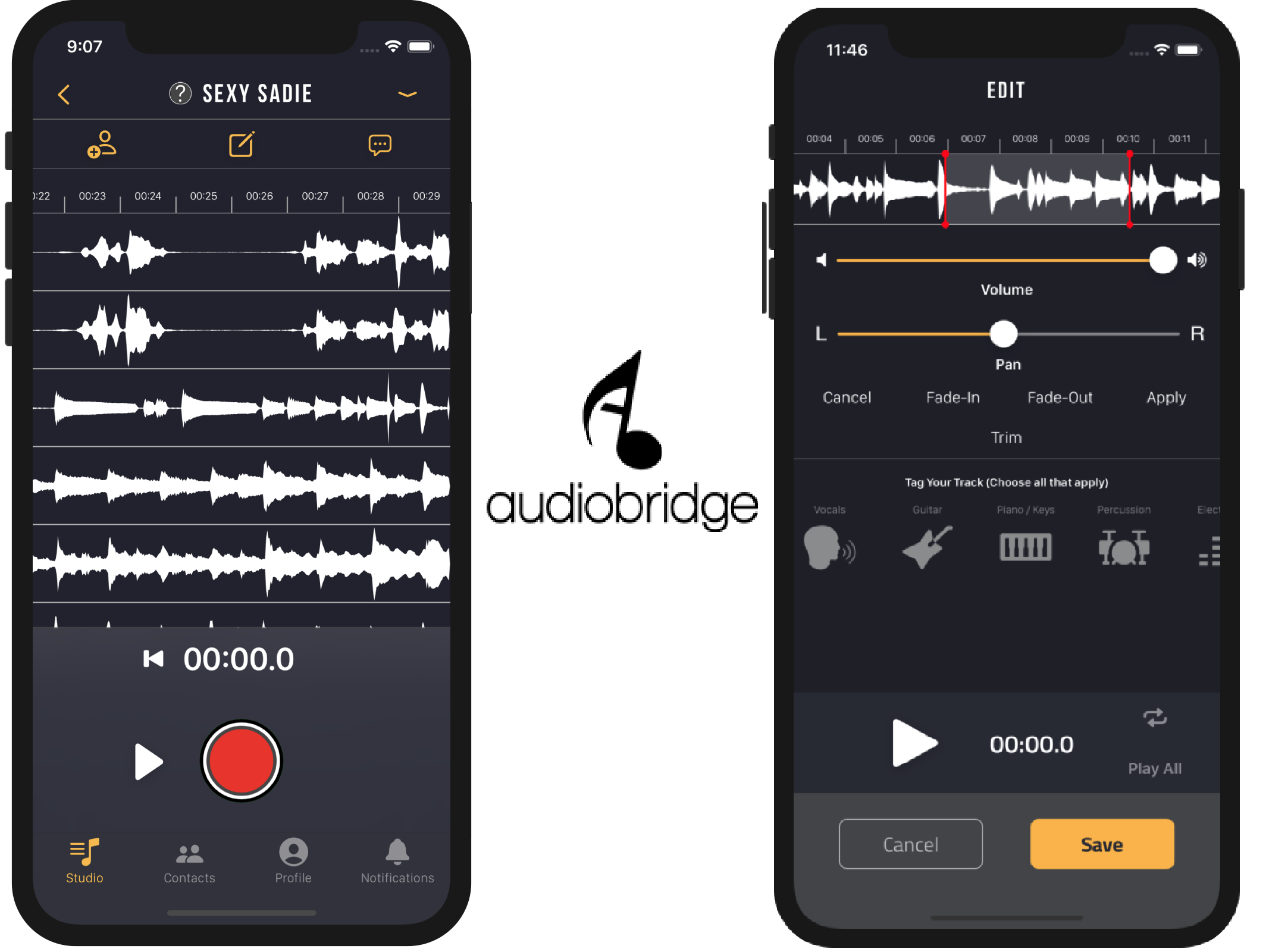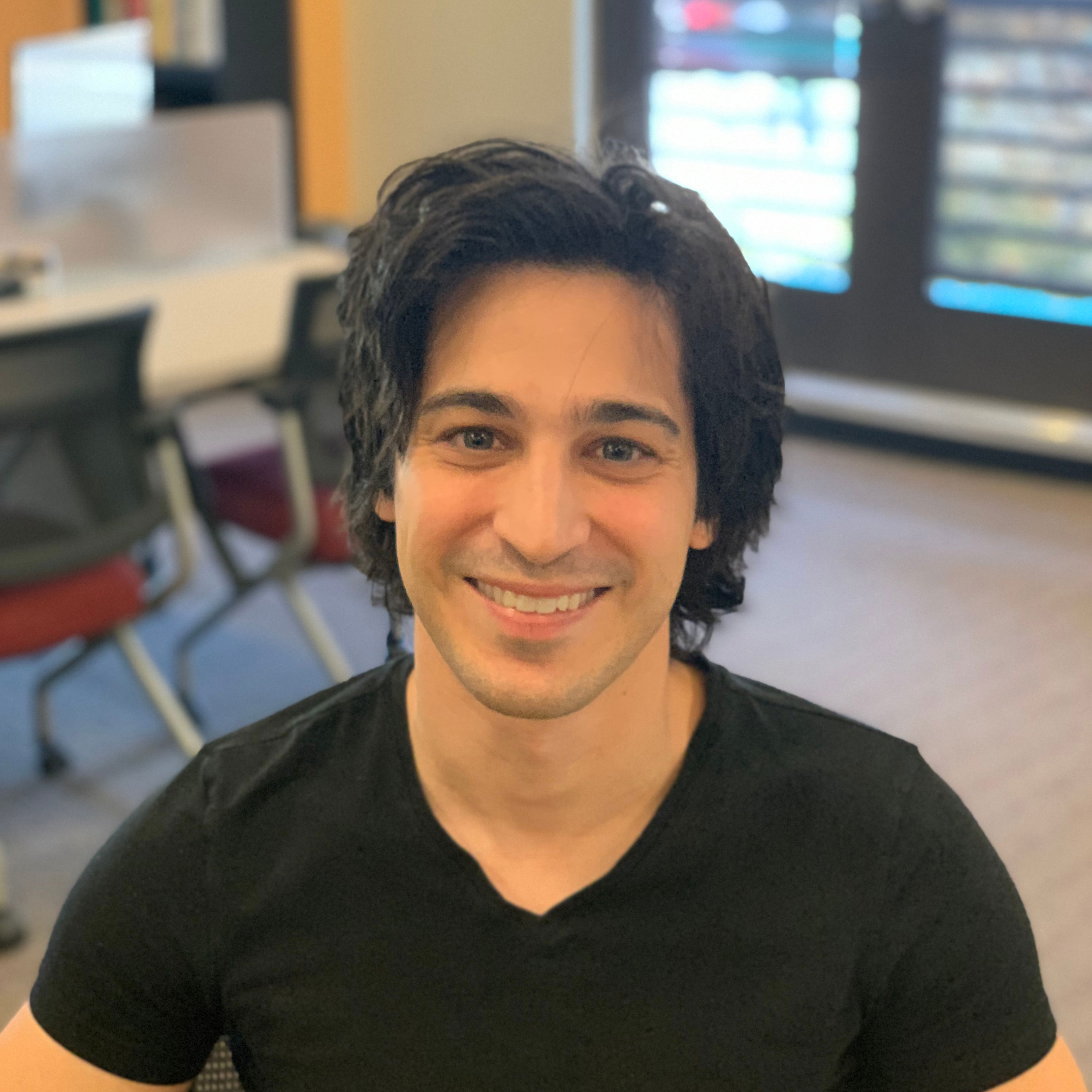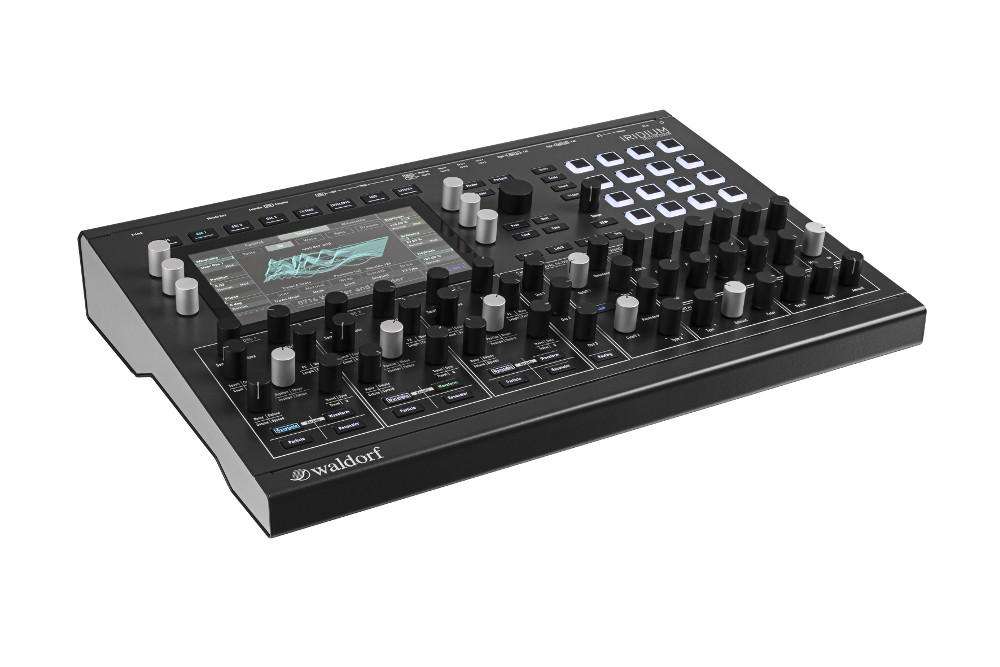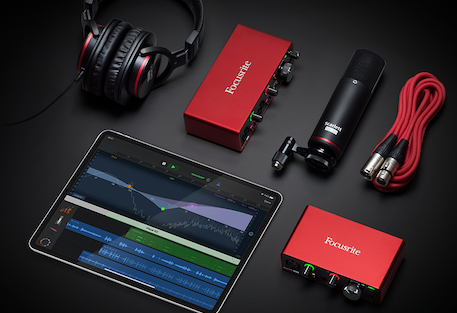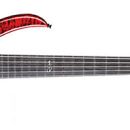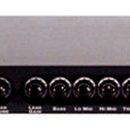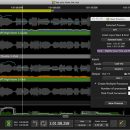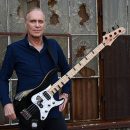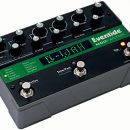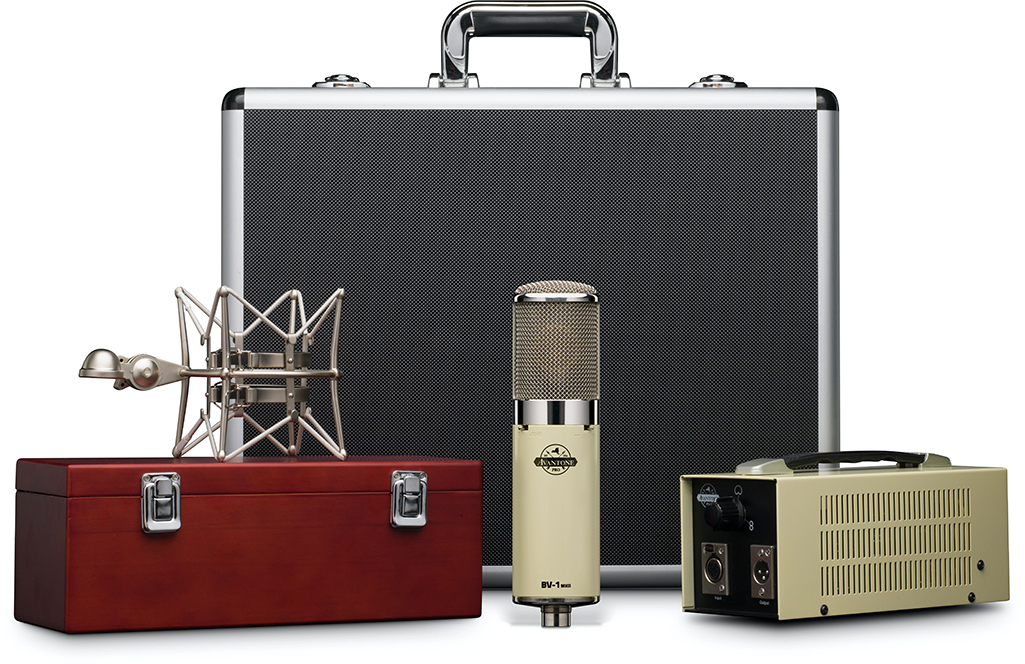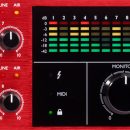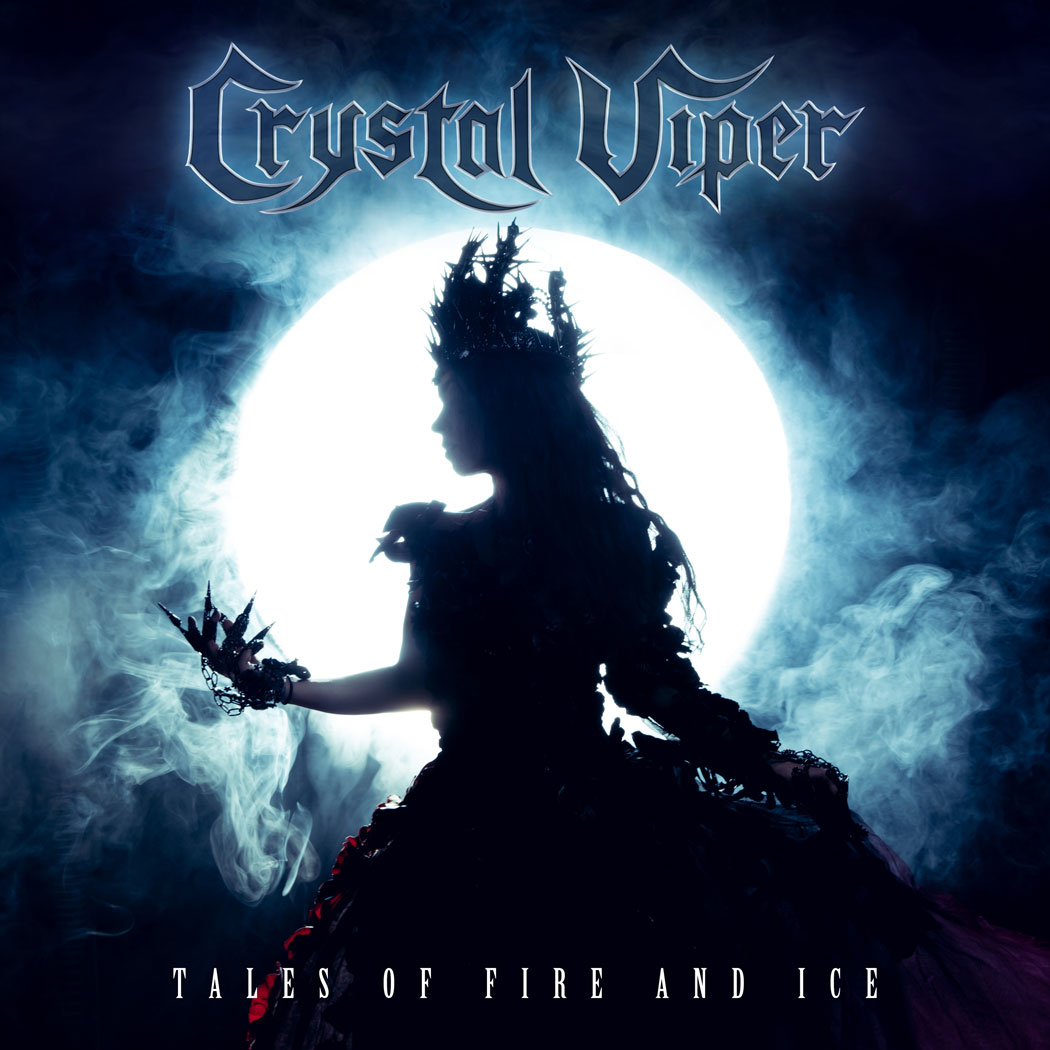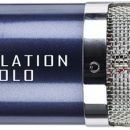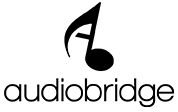 Everyone, everywhere, hit record: audiobridge brings studio-quality possibilities to smartphones
Everyone, everywhere, hit record: audiobridge brings studio-quality possibilities to smartphones
audiobridge has a simple proposal: Most of what you need to make quality recorded music--multitracking, for example--can be packed into a smartphone.
This proposal is more radical than it sounds at first. The world’s more than 7 billion phones can now act as little recording studios, ready for everyone, everywhere to lay down ideas, play with arrangements, and make music. “We’re making something for everyone, not just for pros or aspiring pros, but for the entire world, including young people and kids,” says audiobridge founder and CEO Matt Miller, himself an experienced musician, session player, and songwriter. “That’s the vision, to have the power of Pro Tools and the simplicity of a voice memo.”
The vision is now available as an iOS app for free. The app reflects a reality where major hits are being composed on phones, and where many successful songwriters first record their ideas on the fly via hurried voice memos. audiobridge’s multi-track capabilities let composers and songwriters take things further, turning hummed lines into full arrangement sketches (or finished tracks). In addition, due to lockdown, audiobridge’s remote collaboration features have led monthly recorded hours on the app to skyrocket, growing 38x between May 2019 and May 2020. During the same period, the app has increased its MAU tenfold to more than 10K with minimal promotion.
Making serious music on a smartphone makes sense to many musicians and producers, people who may not have the resources to invest in a pricy home studio or buy expensive studio time, and who already use their phones to create. Miller knows their struggle well; he was a working musician who did everything from touring the college circuit to writing songs for other artists. In LA clubs, he would often play five hours a night as part of blues bands, mastering his craft well enough to get regular calls for studio sessions. For his various projects, he longed to get ideas down fast and share them quickly with collaborators, even once he shifted focus from full-time music to freelance software development, to eventually running his own software development company.
Miller figured a mobile app for multitracking and collaboration was around the corner. “But it was just never done,” he says. “By a certain time, I had done enough development to know how the tech works, and as a musician, I knew what exactly I had been seeing in my head for years. It was naturally something I ended up doing once I had the resources, with a few lightbulb moments along the way.”
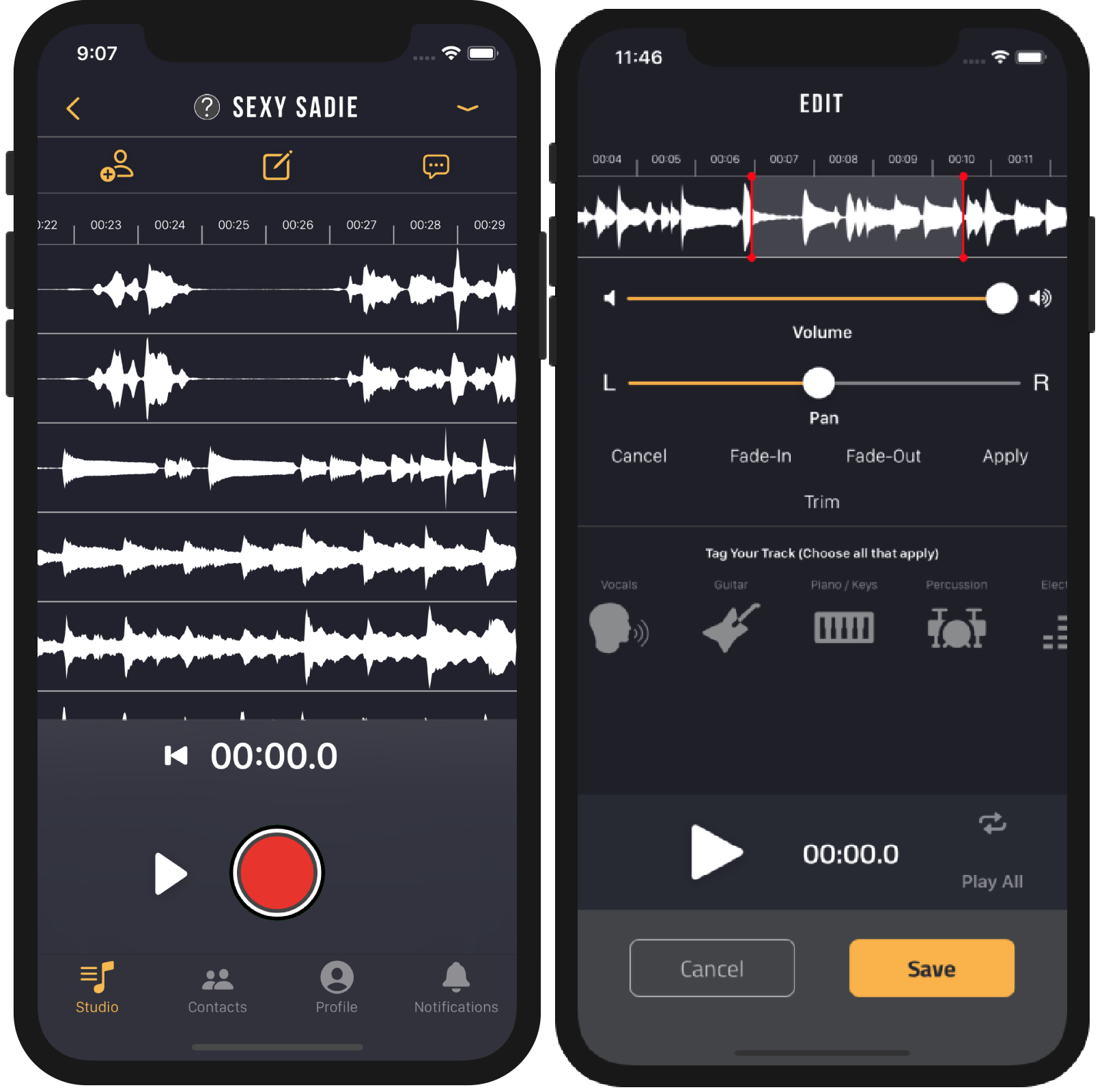
Miller knew from the beginning that the design and user experience would be key to making the app intuitive, so a musician could download, pick up her phone, and get recording immediately. To pack the powerful features of digital audio workstations onto a small device, however, you need to understand exactly what people need to see and how to streamline their work. “It’s all about UX. What we’ve done very consciously is keep it mobile only and keep it simple,” says Miller. “audiobridge only works in portrait mode and doesn’t support landscape, for example. We’ve embraced the constraints, inserting the recording process into how people already use their devices.”
To simplify the app interface yet keep all the features, audiobridge’s development team has strived to automate key moments. Many creators don’t want a full buffet of detailed options; they just want their work to sound good. “The question is how do we add features when we’re out of room on a small screen without creating problems. That’s where machine learning and other automation comes in. You automate as much of the extraneous process as possible,” Miller explains.
Automation and tech tools have historically led to new sounds and creative practices, and audiobridge hopes to empower people to find them. This also means welcoming developers with cool ideas, effects, or features that can work with the app without audiobridge having to build them in house from scratch. “We love community involvement,” enthuses Andrew Perusi, audiobridge’s product partnership manager (and the bassist for pop rock band Hanson). “The artists who use our platform and the new creative ways they engage with their collaborators help shape audiobridge. User input is a big part of our story, and it's how we've built audiobridge from the beginning.”
“There’s a lot of talk in the music tech space about democratizing music creation, but it’s intellectually dishonest,” states Miller. “They may say it but they don’t do it. Some companies have really cool powerful tech that can make the creation process open to all, but they are using these old-school business models, which often set up barriers to music creation. No one is willing to admit that they don’t know yet what models might fit this new creativity, or that they may actually be setting up unnecessary barriers for musicians.” This can lead to bizarre, nonsensical hybrids, when the old legacy business practices or processes get tacked onto innovative products, in the interest of appeasing antsy investors and making money now.
Miller, Perusi, and audiobridge see it differently, sticking to a truly democratic model inspired by the innovative speed of open source software approaches. “You can’t do things the old way,” Miller insists. “You need to think outside the industry” and work within a small device everyone knows and loves.
About audiobridge
audiobridge is revolutionizing how the world makes music. By building an easy, yet powerful recording and collaboration platform exclusively for the mobile devices that the majority of the world already uses daily, audiobridge significantly lowers the barrier to entry for creatives around the world. The audiobridge team is combining cutting-edge software techniques with a carefully planned user experience, creating the world’s first fully guided music creation platform. This will allow creators to focus on the nuances of their song rather than the nuances of the software.

